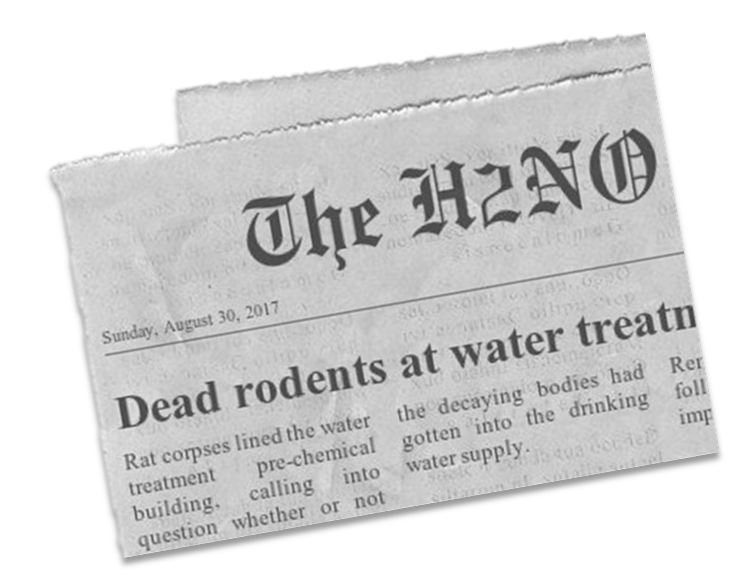
This article was written by Laurie Loftin, Water Conservation Coordinator, Athens-Clarke County. Laurie wrote this article as part of the Water Resources Cohort. Read all the articles from the cohort.
Dead rodents at drinking water treatment plant. Fourth organ found at local water reclamation facility.
Imagine waking to find these headlines regarding your water utility in the news. What would be your response?
Water utilities experienced just this type of news coverage and faced the unfortunate task of rebuilding customer confidence. In addition to negative media coverage, today’s public has a growing distrust of government entities. The community and media carefully monitor the spending of collected fees and review the findings within water quality reports. Customers sit by the keyboard, ready to share their experiences on social media or Google reviews.
A utility is accountable to the ratepayer. To borrow and adapt a well-known phrase, “If ratepayer ain’t happy, ain’t nobody happy.” How does a utility respond to dissatisfied stakeholders? More importantly, is there a way to reach and educate the public to lessen the likelihood of dissatisfaction before it begins?
Adding and prioritizing Communications within a water system can be a solution. A utility with the foresight to implement staff dedicated to building relationships with ratepayers works proactively rather than reacting to emergencies and negative press. A utility has specialized divisions to handle engineering, water treatment, and customer service. Communications need the same construct and consideration.
A water utility can no longer view itself as a “silent industry.” Today’s public demands transparency. Communications staff establishes the utility as a credible and trusted expert. Using strategic outreach, education, and community engagement plans, regular communications increase the ratepayers’ confidence in their water provider.
During a recent ELGL Water Resources Cohort, Melissa Elliott, President of the American Water Works Association, shared the results from a national survey entitled, “Public Perceptions of Tap Water.” The survey findings from almost 2,000 respondents support this idea of reaching out to our customers. When asked to consider their tap water quality, 77% reported it to be excellent/good, and another 80% believe their water is safe. However, of those who recalled receiving communication from their utility, 84% rate their water as excellent/good, and 86% report their water as safe.
When it comes to Communications, the value it brings to a utility can be overlooked or minimized. The tangibles delivered are more challenging to quantify than those in other areas of a utility. However, the difficulties in quantification should not devalue the significant gains Communications bring to the utility, as evidenced through the AWWA survey. Instead, alternate ways of evaluation need to be understood and implemented.
Other divisions within a utility can rely on quantitative data if looking for proof of return on investment (ROI). Drinking water treatment plants collect data by gauging the millions of gallons of water treated a day. Water reclamation workers administer and record test results analyzing the pH level of the effluent. If quantitative data collection is desired for Communications, counting the number of brochures distributed, sampling the water quality from the source after a clean-up, or graphing water use demands are methods that fall closer to the measurements a utility typically looks for when determining success.
However, Communications rest in relationship building, and the work is typically multi-dimensional without clear-cut metrics; therefore, it also benefits from qualitative data collection. Through focus groups, surveys, observations, positive social media comments, and customer feedback forms, the Communications staff collect data to understand why customers behave and respond the way they do. Quantitative data provides statistical analysis in presentable, clear-cut graphs; qualitative data often uses a narrative in reporting. This data collection is harder to evaluate based on a monetary ROI, but it is no less valuable. Qualitative data allows a utility to gain an understanding and develop a base for future decision-making.
When deciding whether or not a dedicated Communications person or team provides a utility with enough value to justify the investment, imagine the discovery of rotting rat corpses at your water utility. Which person, division, or department would you divert from their responsibilities to manage the fallout? How prepared are the engineers, operators, or sewer crews for facing the media and public scrutiny? One can look to standard evaluation methods to determine the ROI for dedicated Communications personnel, but none of the quantitative data can truly measure proactive Communications’ intangibles and benefits, including peace of mind.
